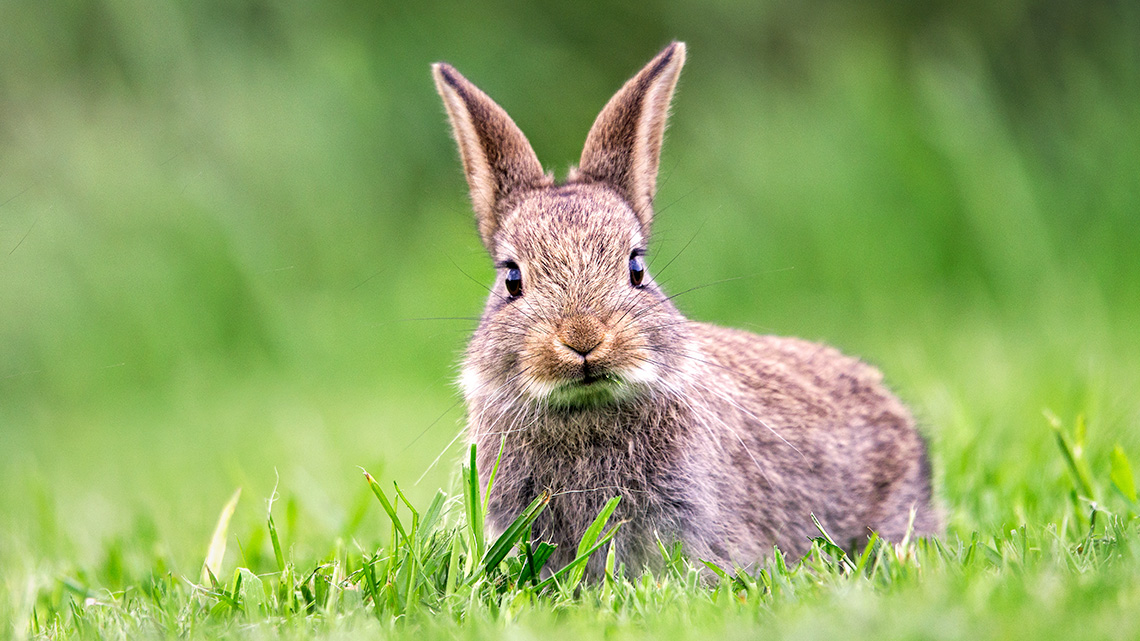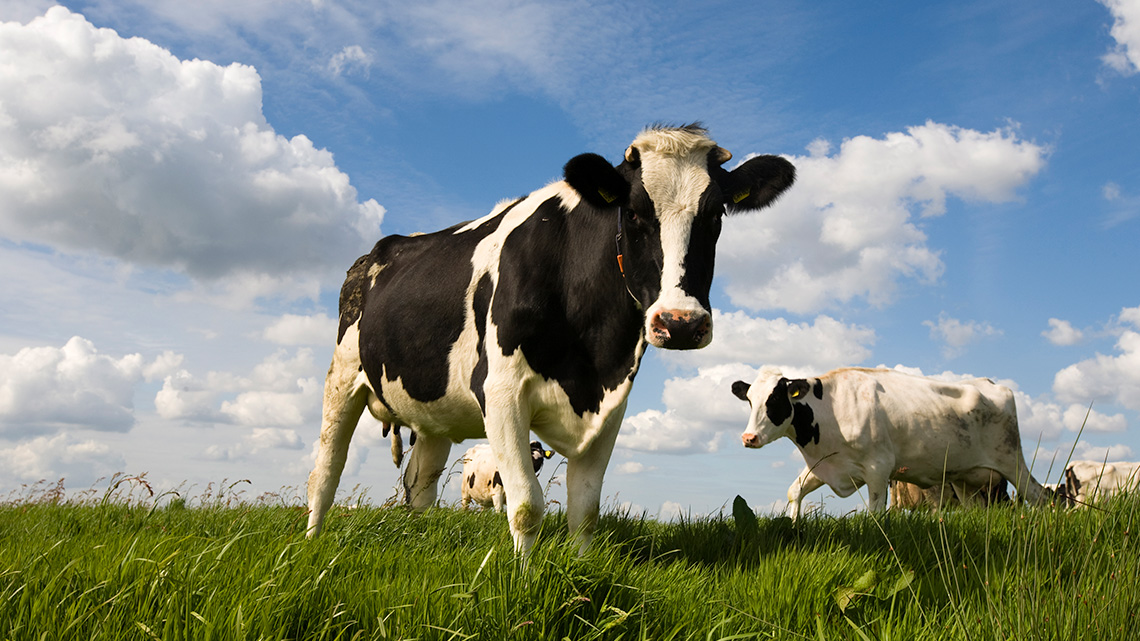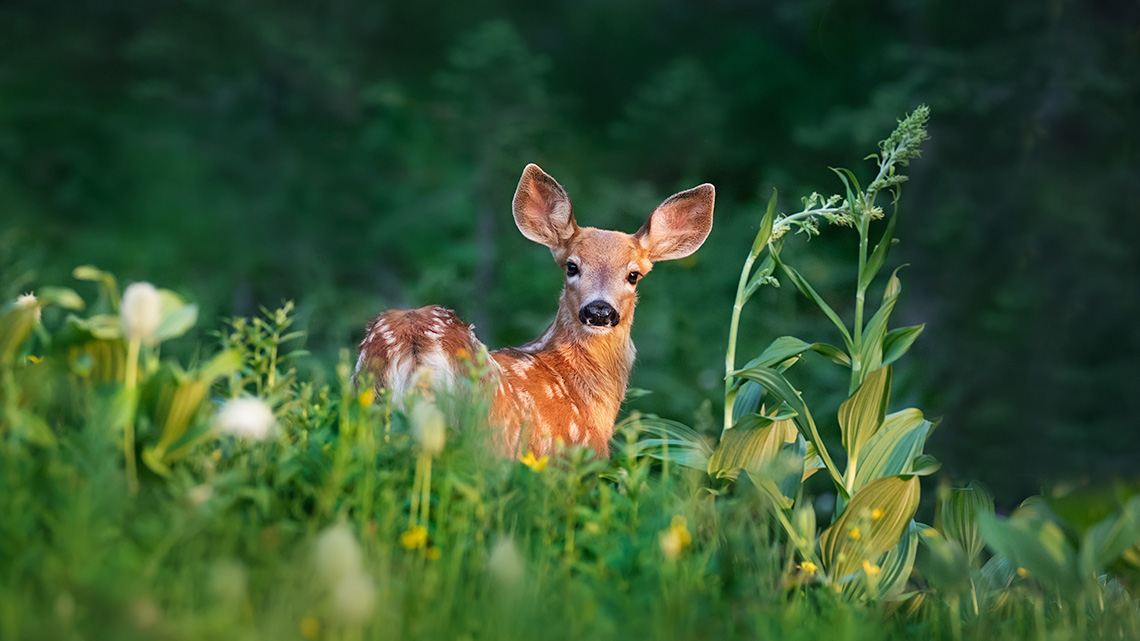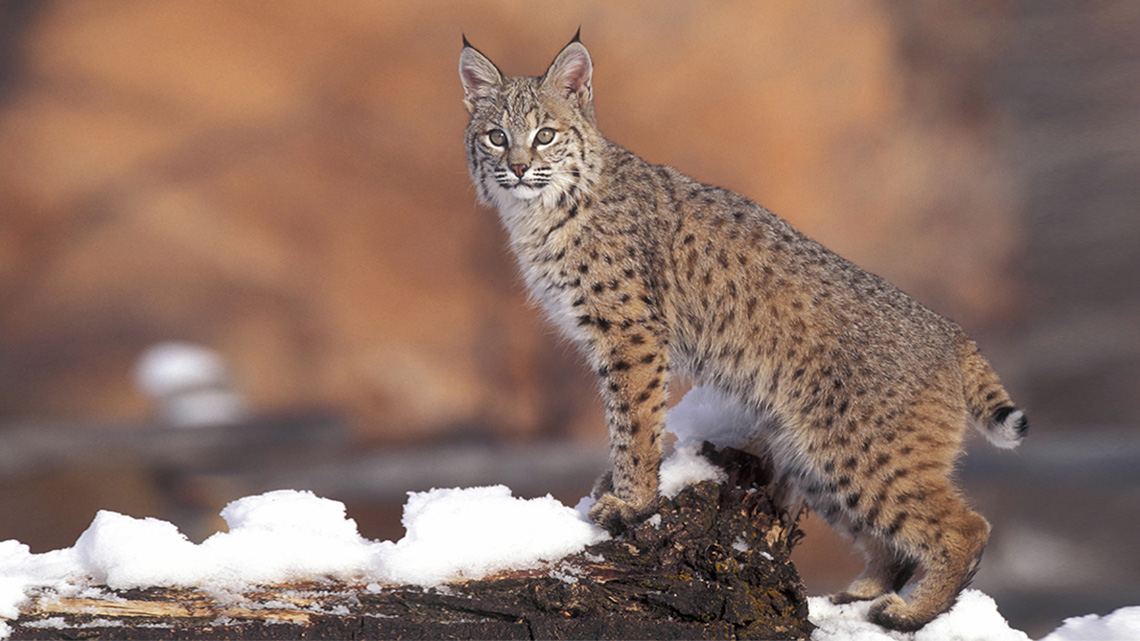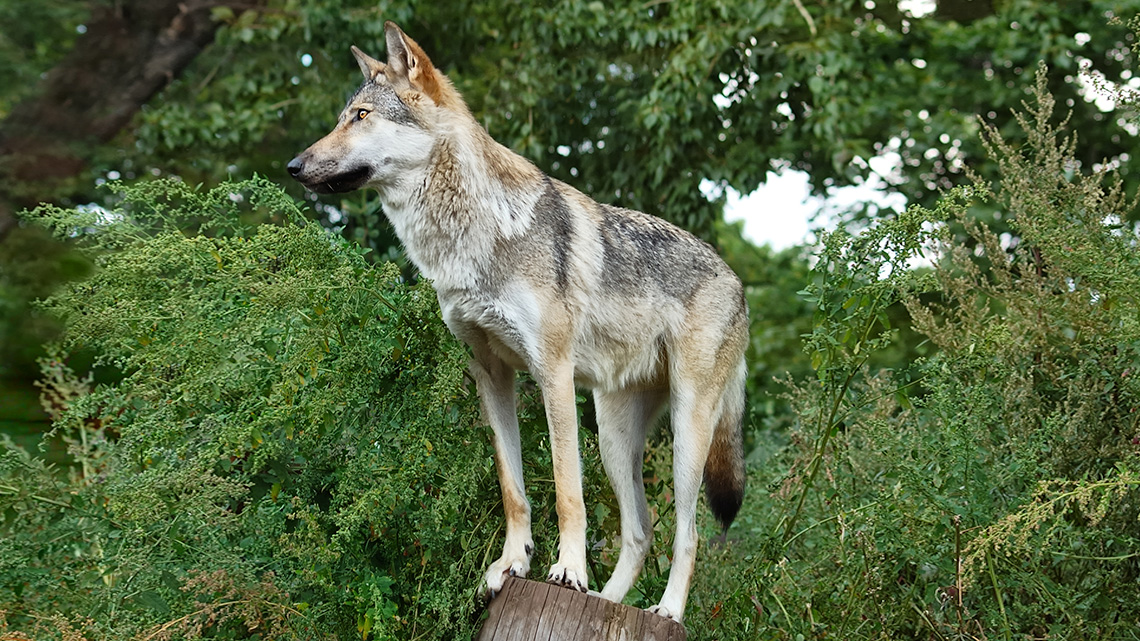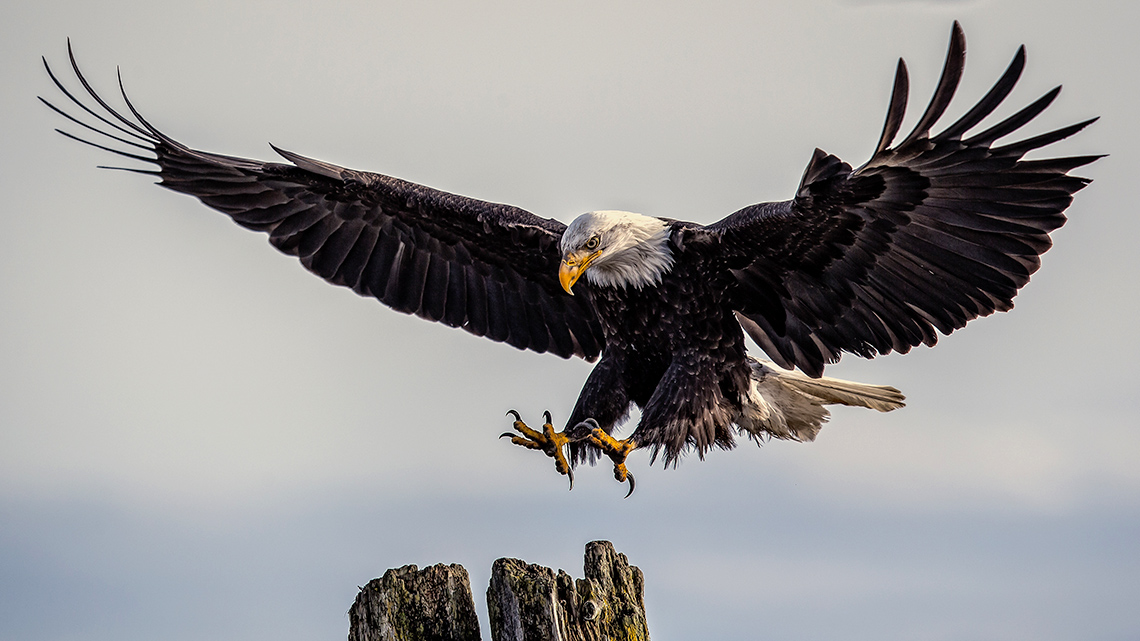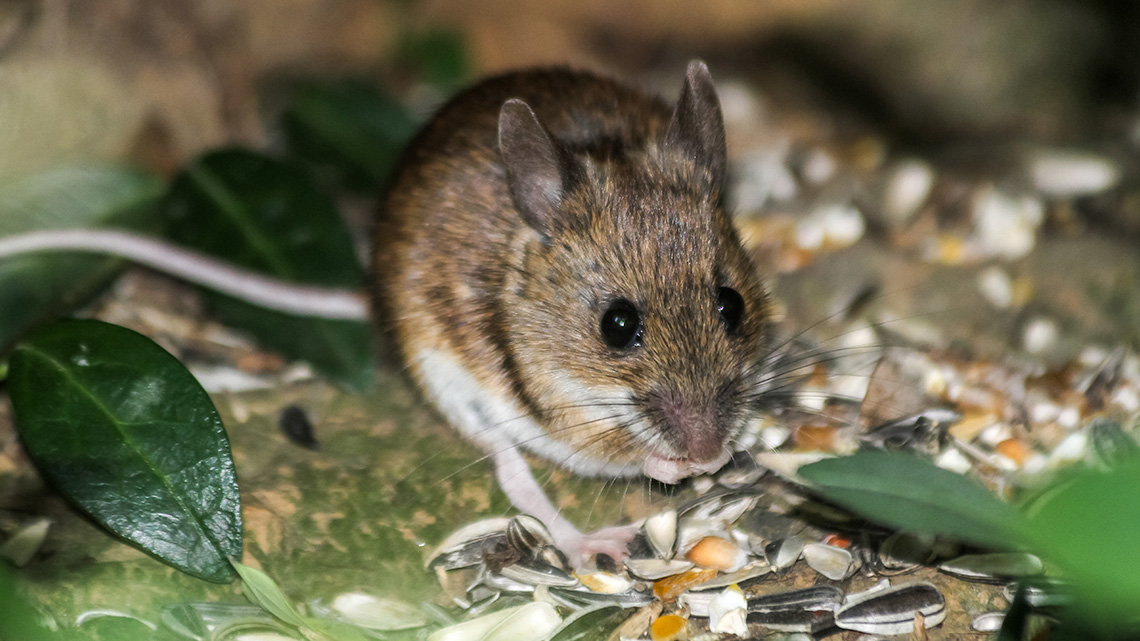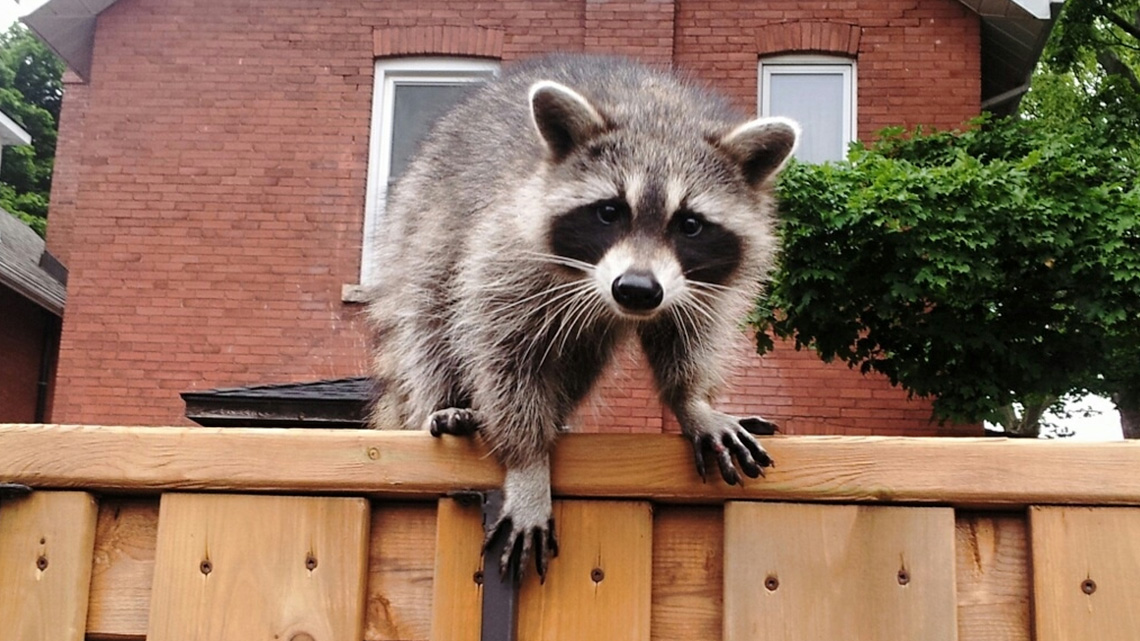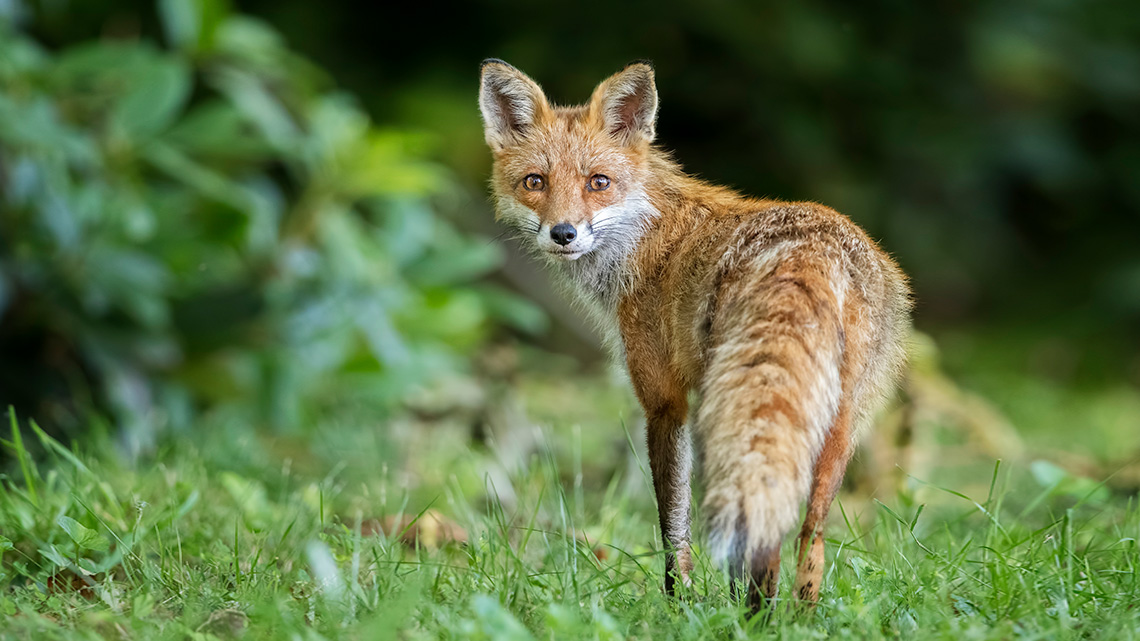Minds On
What do they have in common?
Look at the animals in each of the following images. What do the animals have in common? Record your answers on paper, digitally, as an audio recording, or in another method of your choice.
Explore the next group of animals. What do these animals have in common? Record your answers on paper, digitally, as an audio recording, or in another method of your choice.
And finally, this group. What do these animals have in common? Record your answers on paper, digitally, as an audio recording, or in another method of your choice.
Action
Animal diets
Animals in their natural habitat are classified based on the foods they eat.
In the first group of images you explored in the Minds On section, the animals–rabbits, cows, and deer–all eat plants. Rabbits eat mostly grasses, and in winter will eat bark from soft twigs and branches. Deer like to graze on grasses and wood. Cows, which are domesticated and do not need to forage for their food, eat dried grasses and grains. These plant-loving animals are called herbivores.
The second group of animals examined earlier eat only meat. The bobcat survives on a diet of small rodents like squirrels and rabbits. The wolf, a larger predator, will eat anything from a mouse to a large deer. The eagle is a bird of prey, and they feed on fish, other birds, rabbits, and many other things. These meat eaters are called carnivores.
The third group of animals eat both plants and other animals, and they are called omnivores. The house mouse loves nuts and seeds, but will also feed on insects, which help to manage its population size. The urban raccoon is known to raid garbage cans for left over lettuces and fish alike. The red fox dines on small animals like mice but also eats fruits and vegetables.
Check your understanding!
Let’s review some vocabulary with the following matching activity!
For each term, select the corresponding definition.
After completing the matching activity, prepare a response to the following question:
- What group would humans fall into?
Be prepared to explain your thinking. You may wish to record your thoughts on paper, digitally, as an audio recording or in another method of your choice.
What’s the difference?
Now that we have explored how animals can be categorized according to diet, let’s research a bit deeper into the differences between herbivores, carnivores, and omnivores
Before beginning your research, explore the following video that explains the scientific research process. This will help guide you as you work your way through this activity.
Beginning with the Ask step, record a research question such as “Why do herbivores, carnivores, and omnivores eat what they eat?” or “How do herbivores, carnivores and omnivores differ?” on paper, digitally, as an audio recording or in another method of your choice.
Once you have recorded a research question, begin the Learn step of the process by examining the following video entitled “Identifying Consumers in the Environment: Animal Scat” to help you address your research question.
Consider the special adaptations of these groups of animals. In a method of your choice, describe one new thing you learned about each group (carnivore, herbivores, and omnivores). If possible, share your thinking with someone else.
Let’s build on our learning about these diet-based groups. Press the following tabs to learn more details about how certain animal species in each group have adapted to better survive on their specific diet.
Many herbivores–like squirrels or beavers–have chisel-like front teeth. These are used to gnaw wood or hard seeds. Herbivores usually have special digestive systems to process the raw plants that they consume. For examples, cows have 4 stomachs to help them digest their foods. Herbivores need high energy to survive and spend large amounts of the day eating.
Not only do carnivores have sharp teeth for ripping and tearing flesh, they have strong jaws to help. They usually have long, pointed claws on their front paws to hold on to their prey more easily. In the case of birds of prey like eagles, they have sharp talons for catching and holding prey, and hooked beaks for ripping and tearing. Their eyes also tend to face front, enabling them to see their prey.
As omnivores can eat both plants and animals they can adapt more easily depending on the food that is available. Omnivores usually cannot eat all of the plants that an herbivore can , usually eating fruits and vegetables.
Check your understanding!
Consolidation
Classification of animals

Take a moment to review your notes on the three classifications of animals based on diet: herbivores, carnivores, and omnivores.
For your final task, create one of the following to communicate your understanding of animal classification:
- a digital or print poster
- a blog post
- a video
- another method of your choice
Be sure to use the appropriate scientific vocabulary in your work, and, if possible, share your learning with someone else.
Reflection
As you read through these descriptions, which sentence best describes how you are feeling about your understanding of this learning activity? Press the button that is beside this sentence.
I feel…
Now, record your ideas using a voice recorder, speech-to-text, or writing tool.
